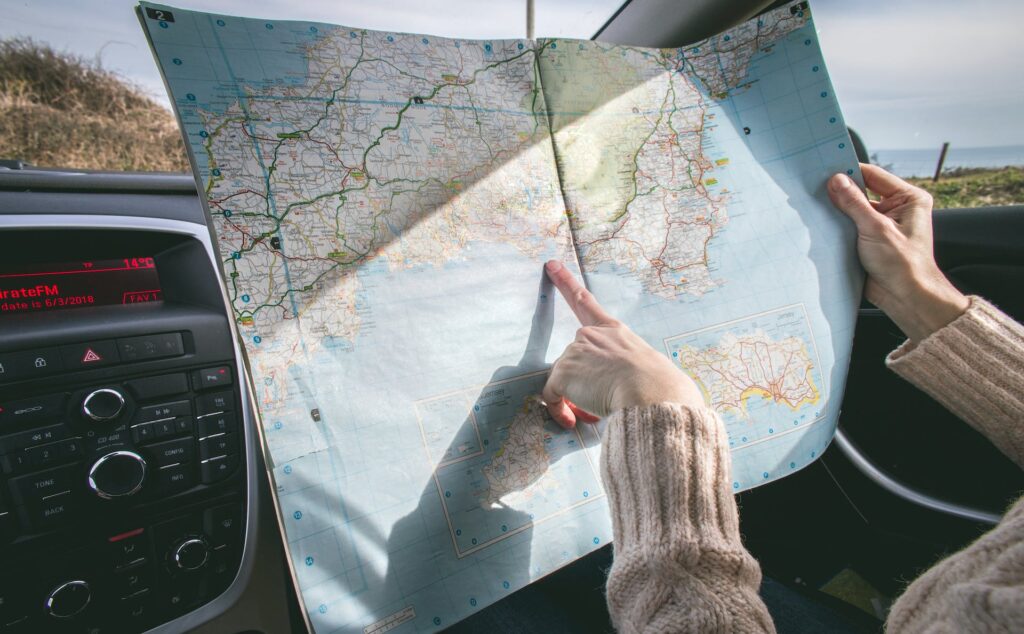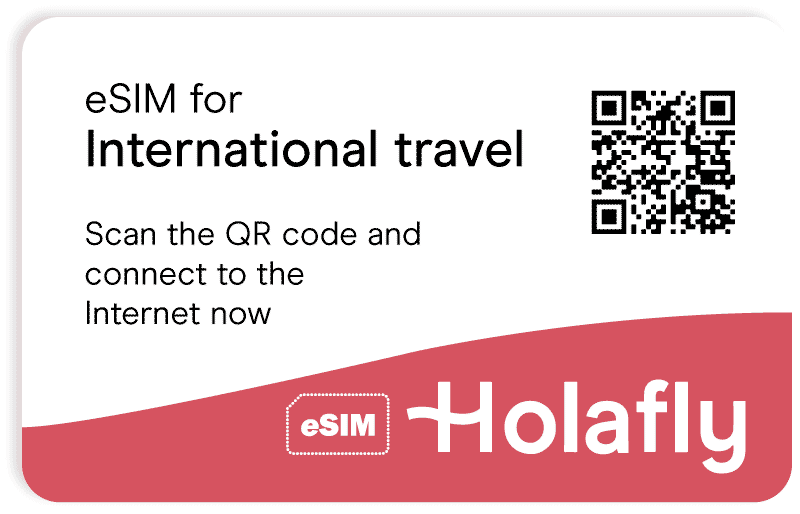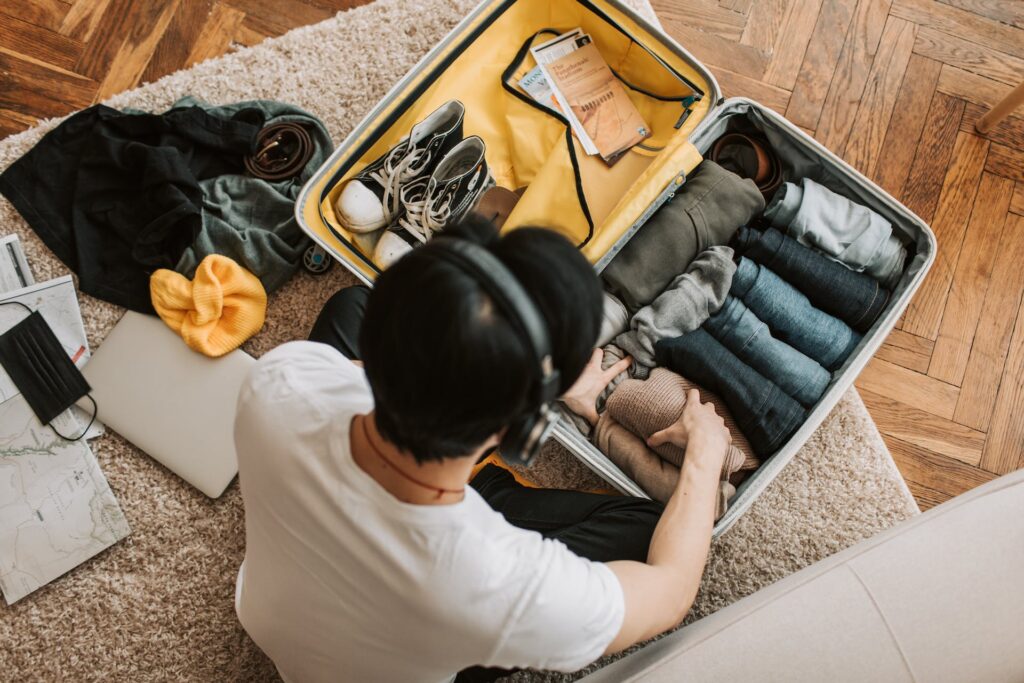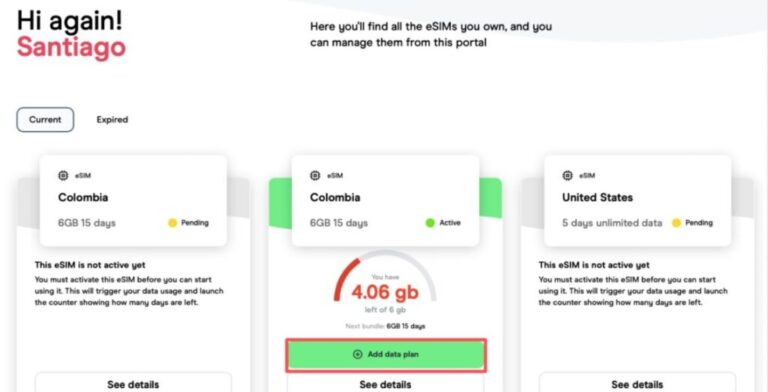How to Plan a Road Trip for Beginners
Need a plan for your road trip? Get your car checked, review your insurance, learn how you'll stay connected and much more!


 +1M
+1M
Holafly saves you +30% compared to other roaming fees
Plans that may interest you
Traveling and getting to know another country or destination on a road trip can be an exciting adventure, offering the freedom to explore new places at your own pace. In this comprehensive guide, we’ll walk you through the essential steps to plan a road trip for beginners. From creating a budget to staying connected, we’ve got you covered. Additionally, we’ll provide valuable tips for novice travelers, ensuring a smooth and enjoyable journey. So, let’s dive into the road trip planning process, consisting of several key steps.
Checklist for Planning a Road Trip

Before hitting the open road, thorough preparation is crucial. A well-organized checklist can make your road trip not only enjoyable but also stress-free. From setting a budget to ensuring your vehicle is road-ready, follow these essential steps:
1. Set Your Budget
Begin by creating a realistic budget for your road trip, considering expenses like fuel, accommodation, meals, and activities. Having a clear financial plan will help you make informed decisions along the way. When going to another country, make sure you’re well-informed about the currency exchange rate and keep in mind the fees. You want to have different payment options available, for example:
- Cash. In many countries, domestic and US dollars are accepted.
- Credit cards. Franchises like Visa and Mastercard are global payment options; make sure you have an available balance to use in case there are no cash options. For example, Australia is a country on the road to a cashless society.
- Debit cards. Debit cards are another currency option, you can get a reloadable card and use it on the go!
2. Choose Your Destination and Map Your Route
Selecting a destination is the cornerstone of your road trip. Once chosen, map your route, identifying scenic stops, attractions, and interesting detours. Embrace the spontaneity of the journey while maintaining a general plan. When you are eager to explore another country on the road, make sure you check for car rental options that suit your needs. Whether just with friends or with the entire family, you want to remain comfortable and enjoy!
3. Choose Your Stops

Determine key stops along your route. These could include landmarks, natural wonders, or charming towns. Be flexible to accommodate unexpected discoveries and experiences. Additionally, rest stops are important to add to your road trip plan. Identify where these rest areas are along your routes; they’re essential to take a break from the long ride, go to the bathroom, and even get more gas.
4. Prepare Your Vehicle
Ensure your vehicle is roadworthy by checking oil levels, tire pressure, and brakes. Pack essentials like a spare tire, toolkit, and jumper cables, even if it’s just a solo trip. A well-maintained vehicle is crucial for a trouble-free road trip. It would be advisable to take your car to the mechanic for a check and make sure it’s in good shape. You want to wait a few weeks before you head out so that you have time in case it requires repairs or replacements.
5. Review Your Insurance
Review your insurance coverage to ensure it’s suitable for a road trip. Confirm whether roadside assistance is included and consider additional coverage for peace of mind. If you’re traveling internationally, check the terms and conditions of a rental vehicle and confirm that full insurance coverage is included in the package. Keep any emergency contact information handy for any mishap.
6. Take Advantage of Navigation Apps

Utilize navigation apps like Google Maps or Waze to stay on course. These apps provide real-time traffic updates and suggest alternate routes, enhancing navigation efficiency. Besides having an updated paper map to guide you, these travel apps show you in case there are any delays on the road and suggest available alternatives. This way, you won’t end up stuck in road traffic for hours.
7. Get Informed About Your Destination
Research your destination to understand local regulations, attractions, and weather conditions. This knowledge enhances your overall experience and ensures a safer journey. Check your local ministry’s or embassy’s website for important information regarding your destination and the current situation. For example, if you’re going to the USA, get to know the roads, distances and any holidays during your time there.
8. Be Realistic and Add Some Buffer Time
Allow for flexibility in your schedule by adding buffer time between activities and travel days. This minimizes stress and allows for unexpected delays or impromptu detours. When you travel anywhere, you want to see everything, and it’ll take more time than you estimated. Add a couple of days as a buffer in case you skew off course. For example, if you’re on the road in Canada, you might want to stop at a few places around Toronto too. A few tips you want to keep in mind are:
- Ask if last-minute accommodations are available at your hotel.
- Inquire if there are any penalties or charges in case you take more time to return the rental vehicle.
- Check visa requirements and make sure you leave the country by the permitted time limit set by the local Ministry of Foreign Affairs or the chancellery.
9. Stay Connected
You don’t want to be out on the road in the middle of nowhere without an internet connection. It’s crucial that you pack a reliable option to connect to the internet while on the move. A few examples are local SIM cards, Pocket WiFi, and roaming; wherever you travel, there are plenty of domestic and international alternatives to connect, like Holafly. The benefits will definitely make your experience worthy of sharing all your adventures online. Check out a few of Holafly’s eSIM perks:
- Unlimited Data
- Minutes*
- 24/7 customer service
- Flexible Refund policy
- Connect as soon as you arrive
- User-friendly app and website
- Monitor your consumption

Essentials to Pack for a Road Trip

In addition to meticulous planning, packing the right essentials is key to a successful road trip. Consider the following items:
- Documentation: driver’s license, vehicle registration, insurance, and any travel requirements such as visas or ETAs.
- Clothing: Pack weather-appropriate clothing and comfortable footwear.
- Snacks and Water: Keep a stash of non-perishable snacks and a reusable water bottle.
- Emergency Kit: Include a first aid kit, flashlight, and basic tools.
- Entertainment: Bring music playlists, audiobooks, or games for entertainment during the journey.
>Traveling to the USA? Connect with the best eSIM for USA<
Conclusions on How to Plan a Long Road Trip
In conclusion, planning a road trip involves careful consideration and preparation. Let’s summarize the steps:
- Set a realistic budget
- Choose your destination and plan your route
- Prepare your vehicle and review insurance
- Utilize navigation apps and gather destination information
- Pack essentials for a comfortable journey
- Stay connected
Now that you know how to plan a memorable road trip, start your engines, hit the road with confidence and stay connected! Ready to embark on your road trip adventure? Start planning now and make lasting memories on the open road. Plan your road trip with our comprehensive guide on how to create your own travel itinerary!
FAQ about How to Plan a Road Trip
Yes, Google Maps is an excellent tool for planning road trips. It provides detailed directions, real-time traffic updates, and the ability to customize your route.
Yes, several free road trip planning tools, such as Roadtrippers and Furkot, allow you to map your route, discover attractions, and estimate travel times.
Budgets vary, but a general guideline is around $100 to $150 per day. This includes fuel, accommodation, meals, and activities.
Consider a digital SIM that you can get anywhere, anytime, with Holafly to stay connected. Additionally, there are other options, like roaming and pocket WiFi that may be more expensive.




 No results found
No results found











